When Citroën announced in 1970 that they would discontinue their sales efforts in North America they cited the reason being the required changes to comply with North American safety standards made it economically impractical to produce a modified version for this market. The only car they would continue to import is the Citroën SM, and that was only for two more years than the DS (the SM lasted until 1974).
One of the things they had to do to continue sales in the interim was transform their models to use sealed beam headlights. Hence the exposed open headlight pods that appeared on the DS, D Special models and on the SM.
The company had to take superior lighting systems that they had developed and “dumb them down” for North America. The reason why is quite revealing…
Citroën began importing cars into Canada and the United States in the late 1960s which have three basic headlamps: standard low-beam; standard high-beam and high-beam headlamps of much higher intensity, which also turn with the steering wheel to allow you to look around comers as you drive. Anyone driving with these lamps is instantly amazed. They simply make so much sense.
When American auto-makers saw the Citroën lighting system and saw the potential for such an innovation in their own cars, they acted instantly. They had them banned from North America and had them made illegal. It is in the code book: “No private vehicle may have an external light whose direction is controlled from the interior of the car.”
The law was aimed at prohibiting external spotlights, but Citroën’s system defied the law also. The US National Highway Traffic Safety Administration tested the Citroën system, made a few comments about its superiority and then banned it! The agency asked the U.S. auto industry how long it would take them to develop such a lighting system. They said not until 1975.
Whenever the US makes such a ruling, it applies as well in Canada as Canada has a habit of rubber-stamping the US rules to allow for efficiency in manufacturing in Canadian auto industry branch plants. It ended up that as of Jan. 1, 1971, any new Citroën brought into Canada or the U.S. had to have a modified straight-ahead lighting system with no covering shield.
Reference back to an article in the New York Times from Nov. 14, 1972, where Douglas Toms of the National Highway Traffic Safety Administration is quoted as saying it may require brighter lights starting in 1975 because the current lights from North American manufacturers don’t do a good enough job on America’s freeways:
https://www.nytimes.com/1972/11/14/archives/us-agency-seeks-to-brighten-lights-on-the-1975-autos.html
Toms goes on to say “We are interested in new types of lamps, in steerable headlamps that illuminate a corner as you turn, in the protection that glass shields may provide for headlamps”. In effect, Citroën’s headlight engineering had been stifled until 1975 when the U.S. manufacturers could catch up and market their “new invention”. Alas, it was just another reason for Citroën to be exasperated trying to deal with the North American market, and since they announced that were pulling out, their withdrawal provided zero incentive for the US manufacturers to improve upon their existing sealed beam headlight offerings. Putting safety benefits of brighter (and steerable) headlights aside, instead, they opted to go with more stylized version rectangular sealed beam headlights.
Added to the burden of the US auto emission standards and other window-dressing (like 5 mph bumpers) in the name of safety, it is little wonder that Citroën, which produced a superior car from the viewpoint of engineering excellence, road-handling, suspension (hydraulic), traction (front-wheel drive and Michelin radials), comfort and design, could no longer compete on an import basis with the protectionism levied against it by The US National Highway Traffic Safety Administration which was in cahoots the American auto industry.
Did you know…
Further info about how Citroën developed steerable headlights for the DS can be found here: http://www.citroenet.org.uk/passenger-cars/michelin/ds/21.html.
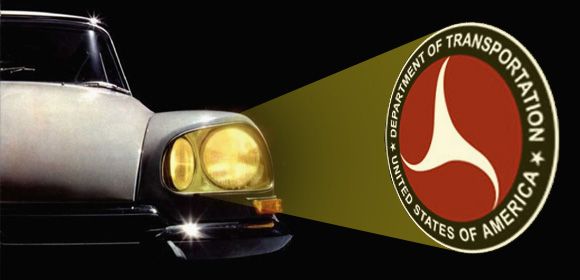

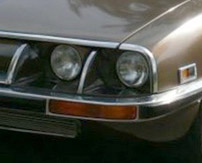

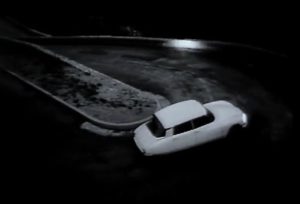
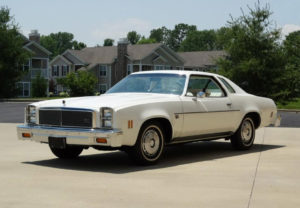
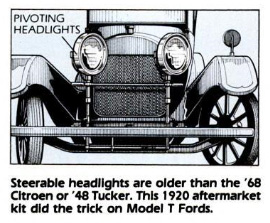

In the recent years many foreign vehicles had been coming out with the turning headlights,
Citroën was not a private vehicle, it was legitimately manufactured by the French.
New Subaru Legacy ad on the tv shows it would of its headlights on either side behind the glass cover that turn via the steering wheel, directing its light around the corner as the steering moves.
Would this feature therefore mean that it’s also deemed to be illegal in the U.S.A as well as Canada?
I wonder, when writing any articles, one opmust ponder upon “Watts Current” lol
I don’t know what you think “private vehicle” means, but in this context, it means privately owned (as opposed to a police, government or emergency response vehicle).
Somewhere in my library of club newsletters, sales brochures, books, magazine articles and the like from the DS era, I recall an article describing a French aftermarket steerable headlamp to be mounted on the front bumper, in 1908.
I have played with steerable lights for a very long time, one such project had remained incomplete, as after being donated a set of North American CX headlights that had also come as a surprise, as these were not even turning to begin with in the proper EU models, yet the two companies that had performed surgeries to the CX fit for the North American market, there was a CINA and the other a CXA – vehicles under these two aftermarket companies had made it possible for the grey market CX , only though the lights are very similar, two round fixed head lights, this was very surprising , because there was no turning headlamps to begin with, yet such a change from that of a European model to that of the North American.
Someone please explain to me, why was there a need for the Grey Market CXA and or the CINA headlight to have followed in line with the previous model SM and the DS to gave gas fixed headlights??
I don’t see a practical reason for thus latter to have been converted for the N.A market.
Although the CXA and the CINA modifiers had the fixed headlight designs, they would have been better off with the MORRETTS